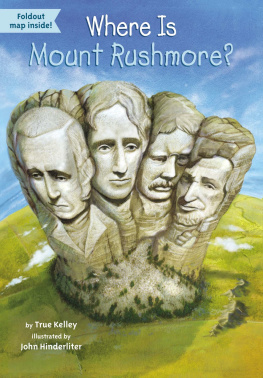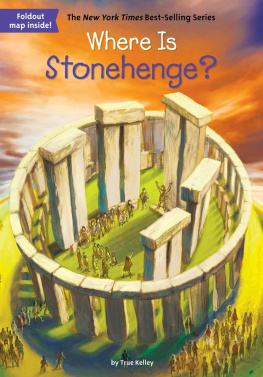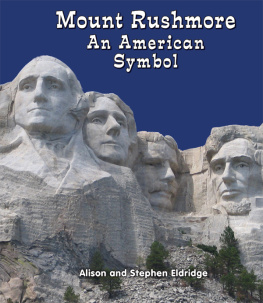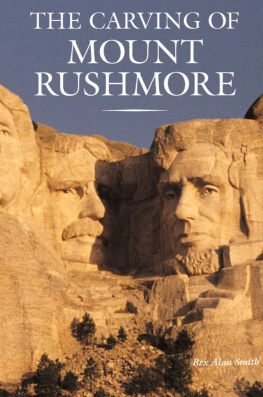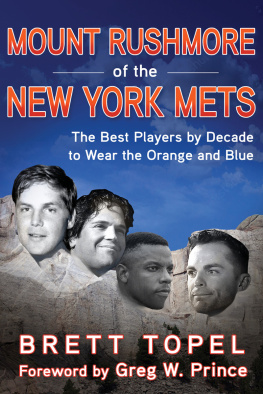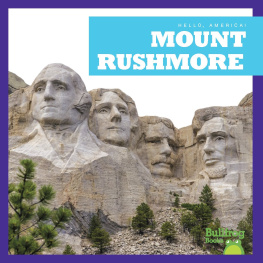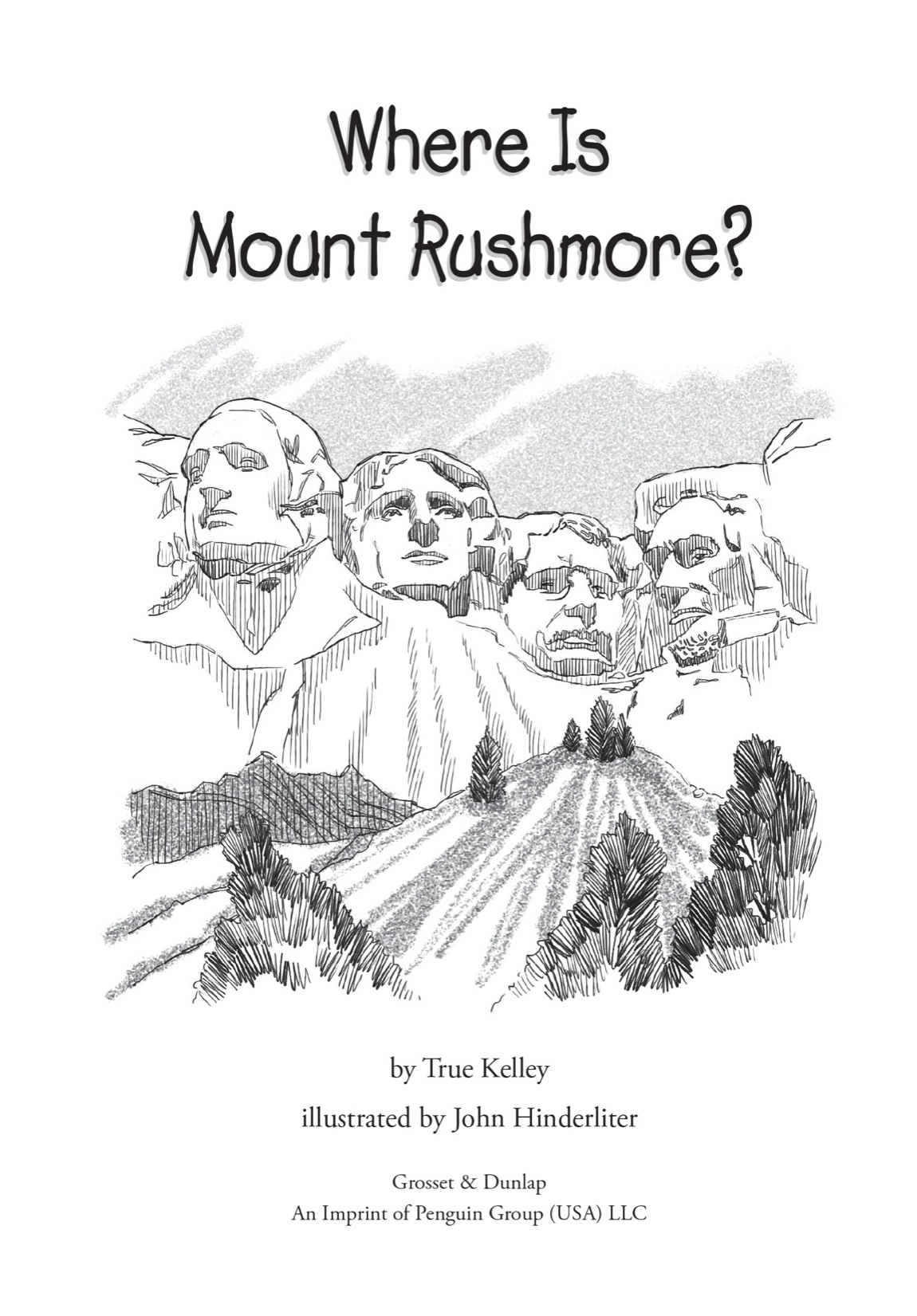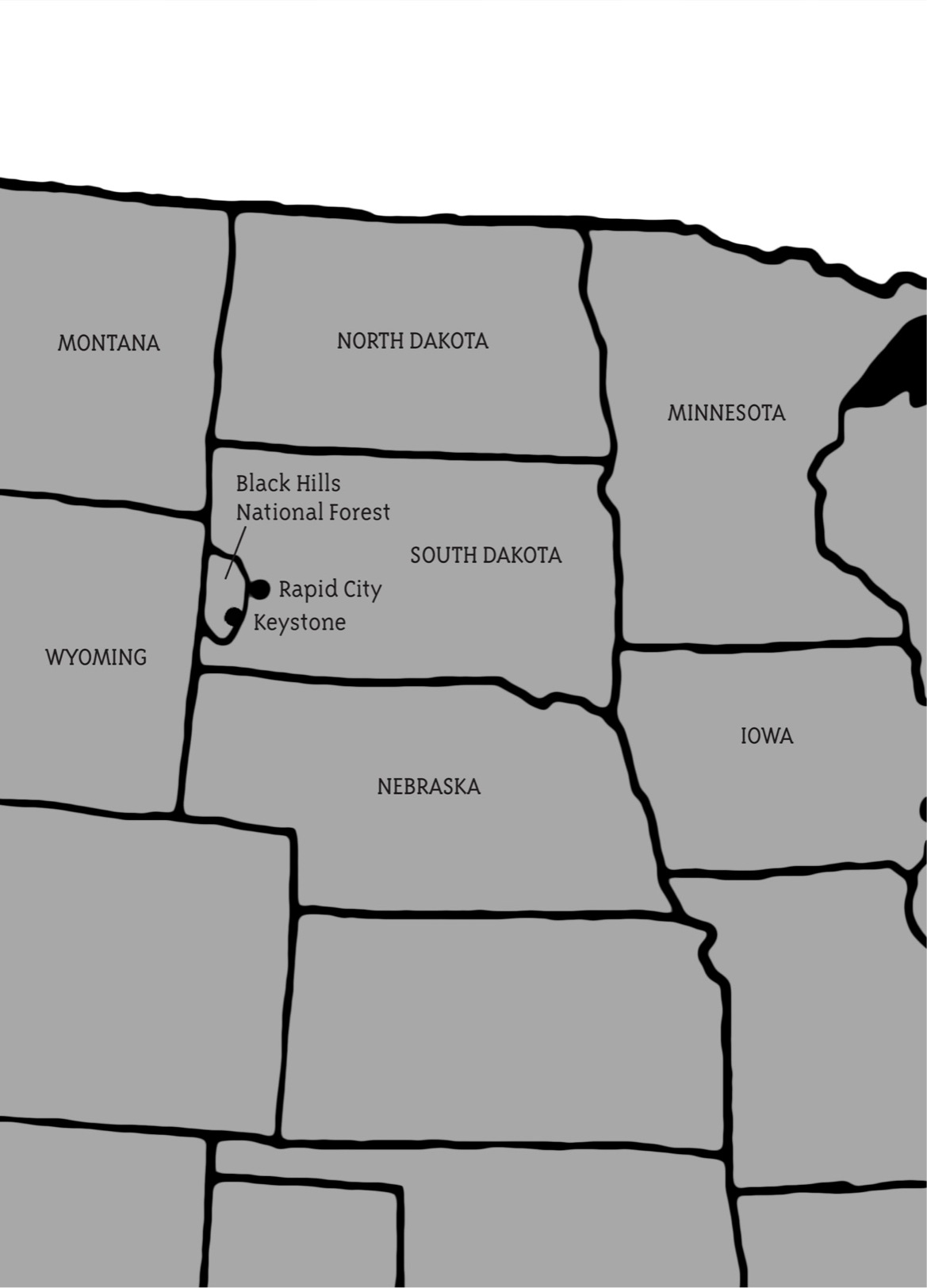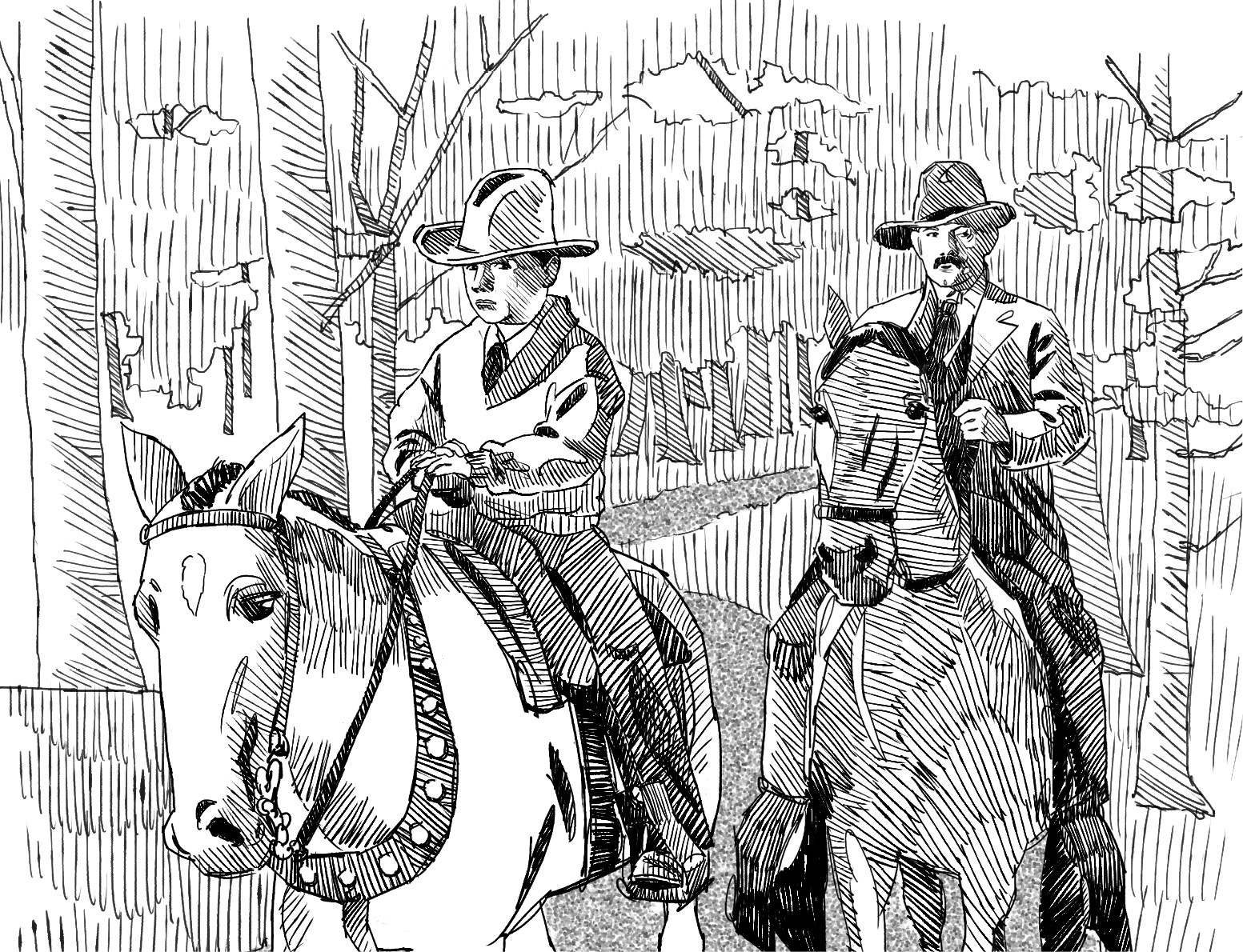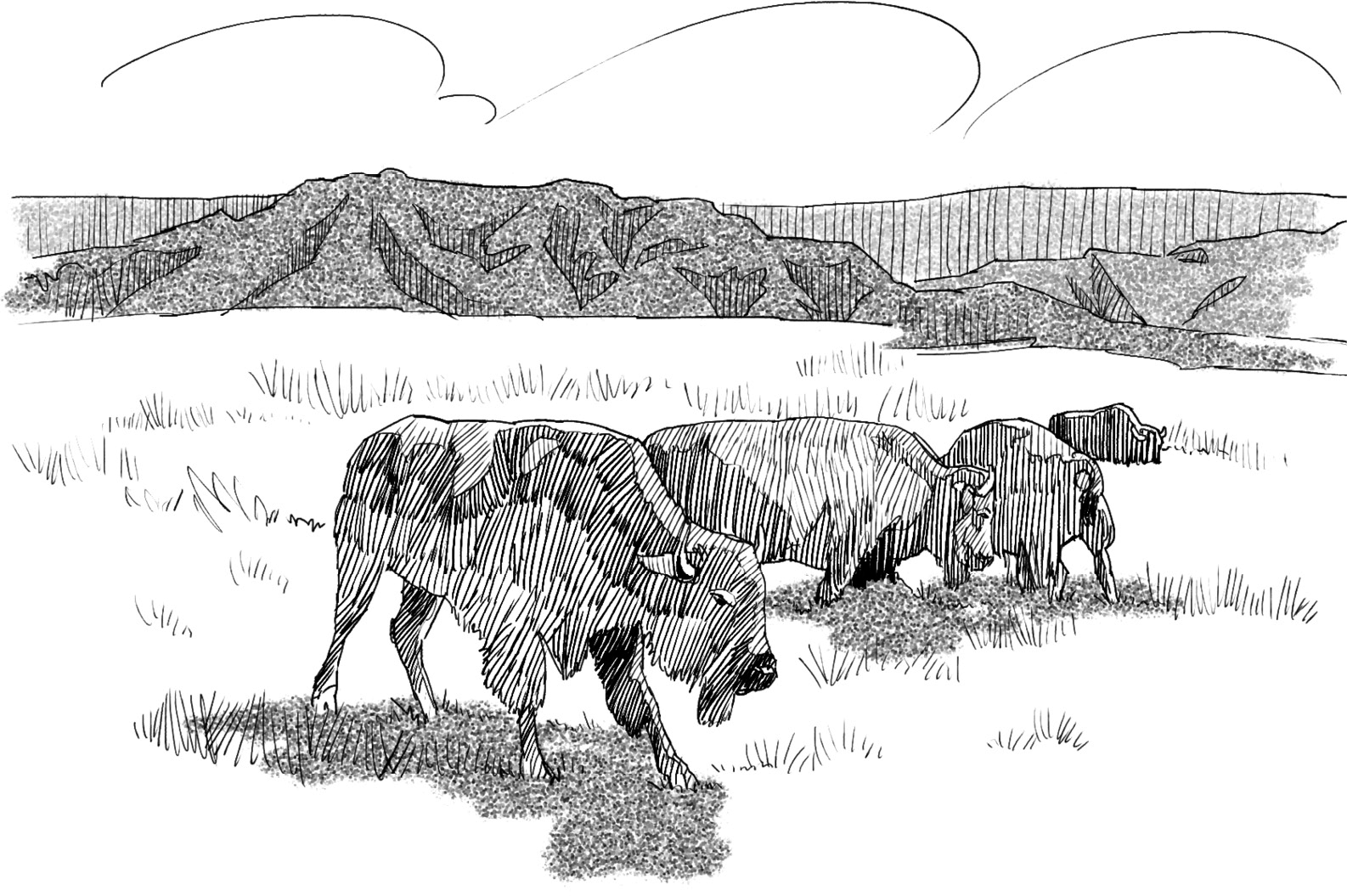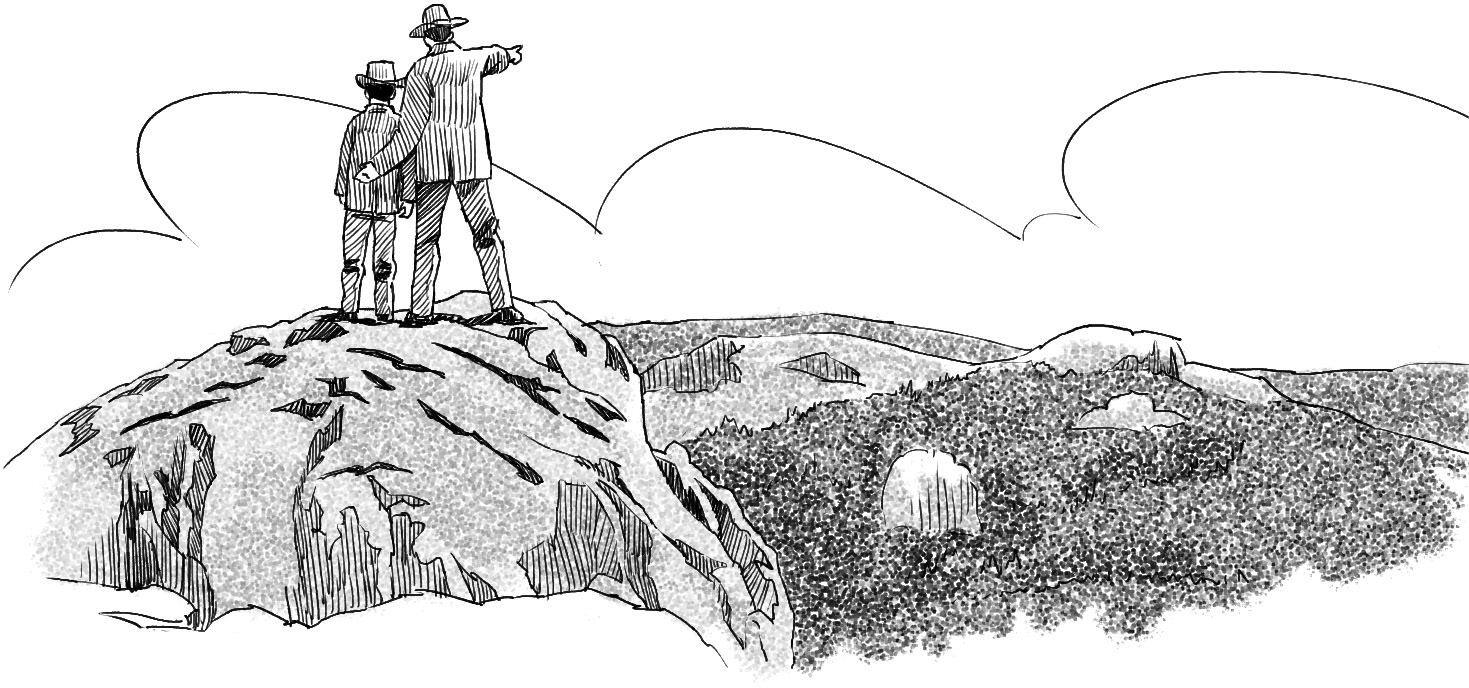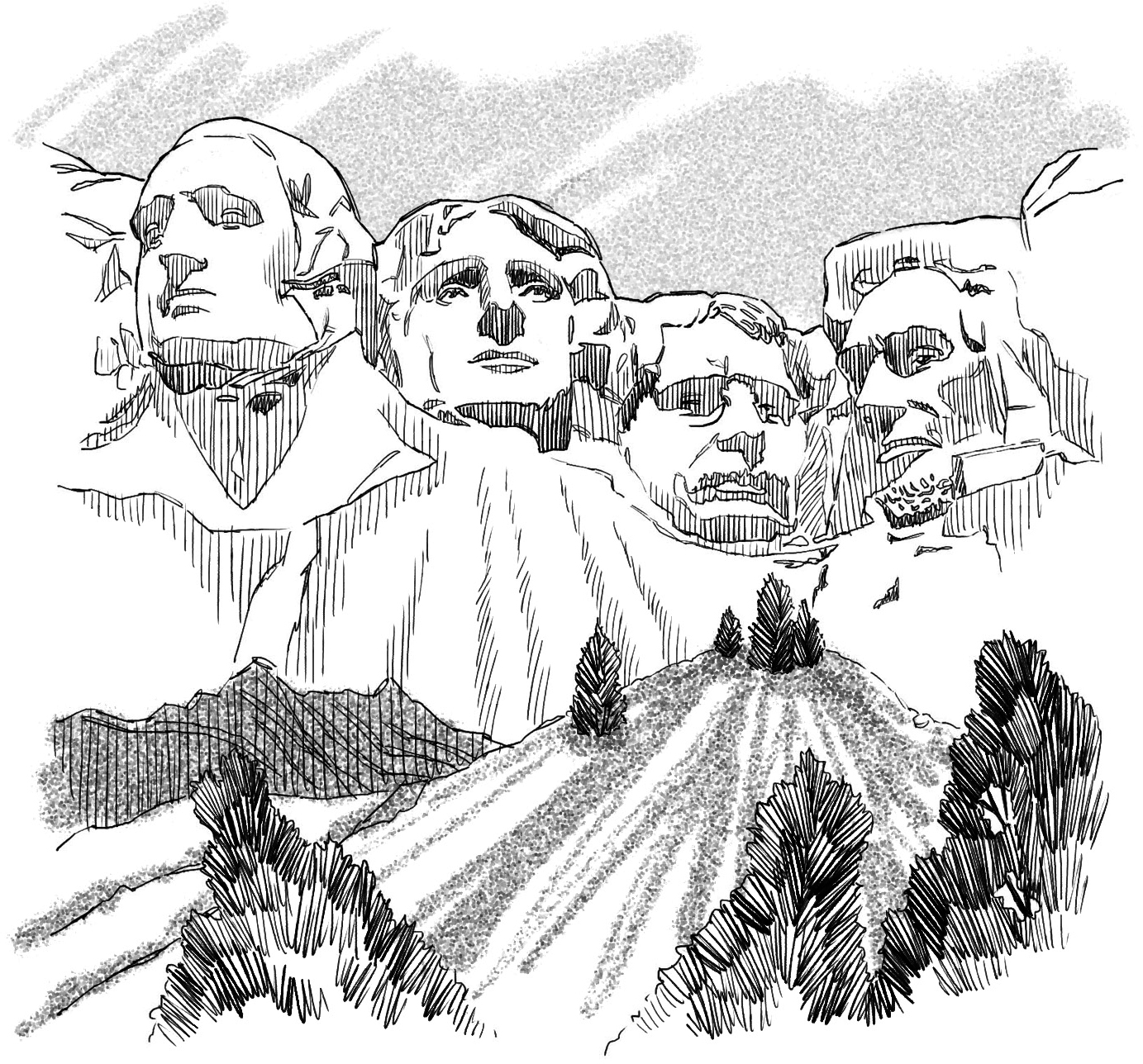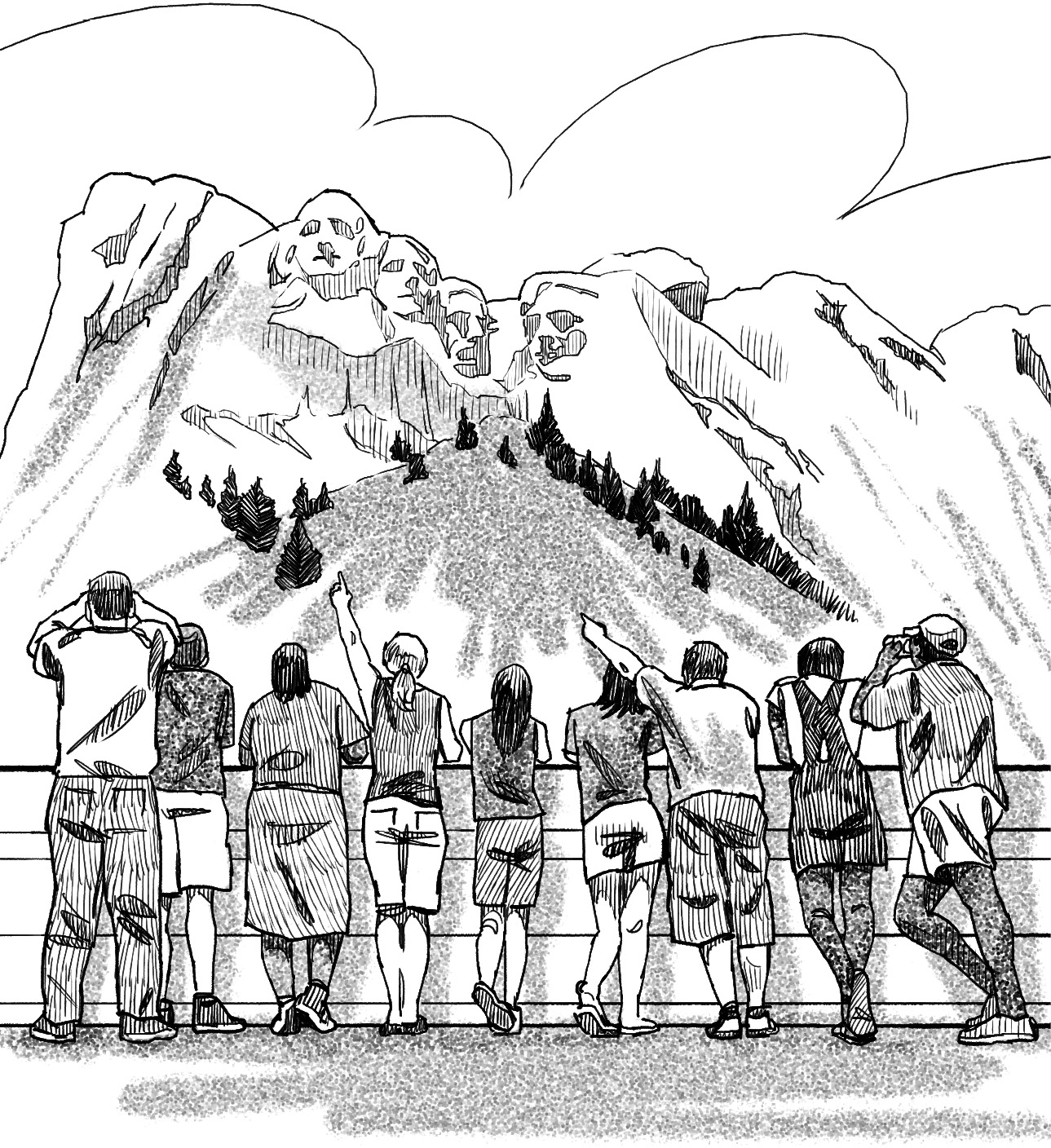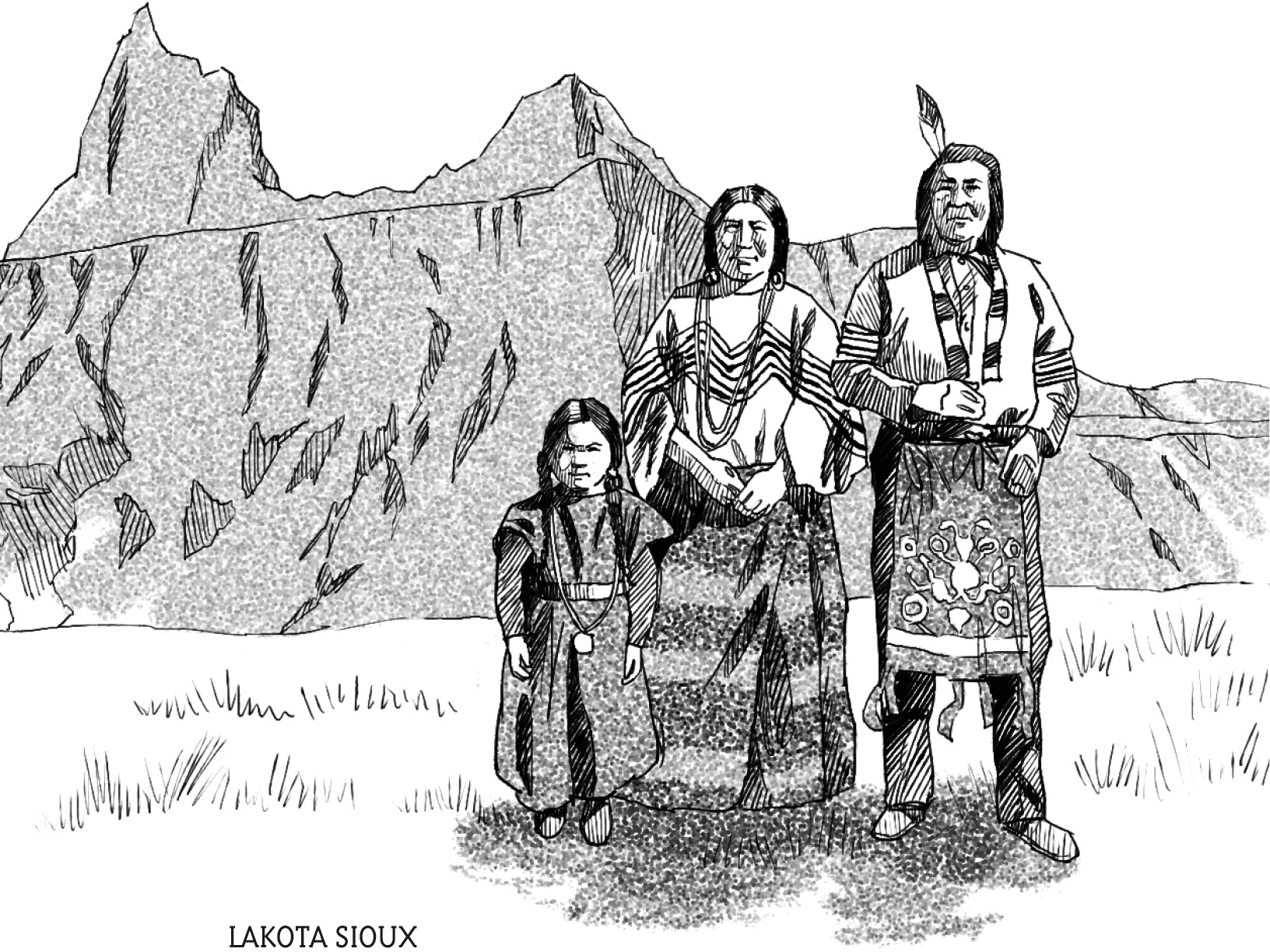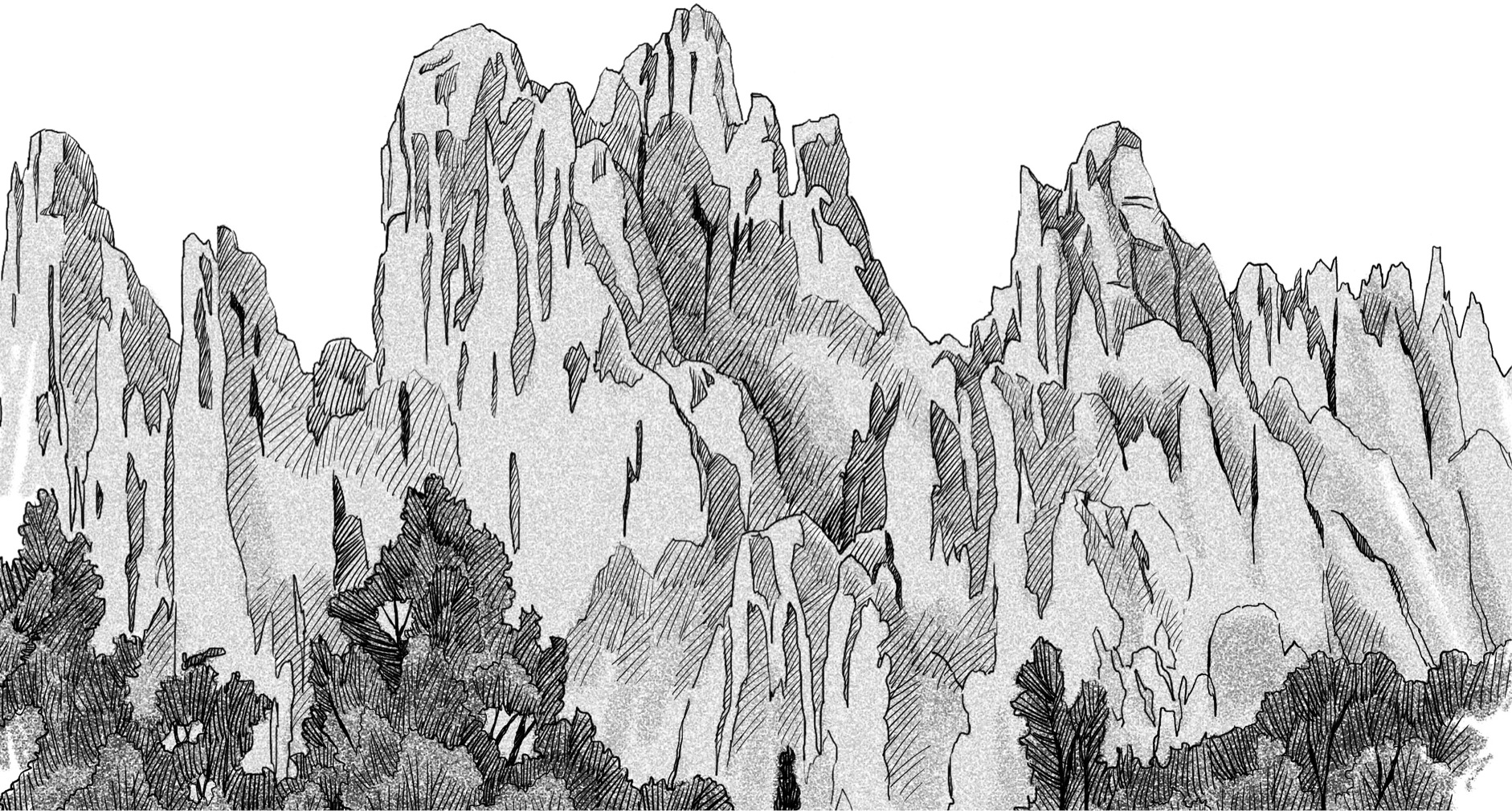For Steve, againTK
GROSSET & DUNLAP
Published by the Penguin Group
Penguin Group (USA) LLC, 375 Hudson Street, New York, New York 10014, USA

USA | Canada | UK | Ireland | Australia | New Zealand | India | South Africa | China
penguin.com
A Penguin Random House Company
Penguin supports copyright. Copyright fuels creativity, encourages diverse voices, promotes free speech, and creates a vibrant culture. Thank you for buying an authorized edition of this book and for complying with copyright laws by not reproducing, scanning, or distributing any part of it in any form without permission. You are supporting writers and allowing Penguin to continue to publish books for every reader.
The publisher does not have any control over and does not assume any responsibility for author or third-party websites or their content.
Text copyright 2015 by True Kelley. Illustrations copyright 2015 by Penguin Group (USA) LLC. All rights reserved. Published by Grosset & Dunlap, a division of Penguin Young Readers Group, 345 Hudson Street, New York, New York 10014. GROSSET & DUNLAP is a trademark of Penguin Group (USA) LLC.
Library of Congress Cataloging-in-Publication Data is available.
ISBN 978-0-698-19891-3
Version_1
Where Is Mount Rushmore?
In 1924, the world-famous sculptor Gutzon Borglum and his thirteen-year-old son took a trip together out west. They left their home in Connecticut and, days later, got off a train in Rapid City, South Dakota. Only about six thousand people lived in Rapid City. South Dakota had been a state for only thirty-five years. The Borglums felt they were in the middle of nowhere. They actually were smack-dab in the center of the United States.
Gutzon had come to South Dakota to see if he could find a mountain to carve into the biggest sculpture in the country. He was a patriotic man, and his idea was to give America a sculpture to glorify its greatness. Perhaps it could be huge carvings of great Americans with heads as high as the tallest buildings. What an amazing idea! But many people thought it was crazy. And no one, not even Borglum himself, realized how hard it would be to do.
Gutzon and his son, Lincoln, traveled about twenty-five miles southwest of Rapid City to nearby Keystone, a mining town farther into the backwoods. From there, a South Dakota state forester led them on horseback, following logging trails into the wild country of the Black Hills.
The Black Hills is an area 120 miles long and sixty miles wide. It rises up four thousand feet and more. It is like an island in the middle of the treeless prairie. From the rolling grasslands, the dark green ponderosa pine trees on the hills look black. With steep slopes, deep canyons, rocky ledges, and clear streams, it is rugged but very beautiful country. It is home to many animals, like elk, rattlesnakes, bison, prairie dogs, mountain lions, mountain goats, frogs, birds, and fish. There are medicinal and edible plants, wild raspberries, and flowers. Its no wonder the Lakota Sioux called it sacred land.
The Borglum party clambered up steep, craggy slopes to the top of the tallest mountain, Harney Peak. All around was a wonderful view. Far away, Gutzon could see a granite mountain. It stood higher than the surrounding peaks. That would be the place for his giant sculpture!
The name of the mountain was Mount Rushmore.
Today, huge six-story-high carved heads of presidents George Washington, Thomas Jefferson, Theodore Roosevelt, and Abraham Lincoln gaze out from high on the granite face of Mount Rushmore. Borglum overcame an incredible number of obstacles to create this great national monument. He said it was like waging a one-man war. With his combined drive and talent, he was probably the only man of his time who could have succeeded. For many reasons, it would be impossible to do such a project today.
Mount Rushmore is a major tourist attraction for South Dakota. It has become a symbol of patriotism and pride for many Americans. But people from all over the world travel to marvel at it. Even so, there are people who think it should not ever have been made.
CHAPTER 1
The Black Hills
Throughout history the Black Hills, rising dramatically from the Great Plains, have impressed all whove seen them. They are called hills, but they are the highest mountains east of the Rockies... and west of the Alps! Harney Peak, at 7,242 feet, is the tallest.
The Black Hills are some of the oldest hills in North America: sixty million years old. French trappers named them Ctes Noires ; that means Black Sides. The Lakota Sioux called them Paha Sapa the sacred mountains and place of spirits.
How did these hills get plopped in the middle of the plains around them?
More than two billion years ago, there were only layers of sand, clay, and gravel deep beneath an ancient sea. Over many years, they turned into sedimentaryor layeredrock. Heat and pressure changed it into a type of rock called mica schist . Then, 1.5 billion years ago, hot liquid rock oozed from below and joined with the mica to make granite. Sediment piled on top of that.
Seventy million years ago, at the time of the dinosaurs, the molten granite rock was still below the surface of the earth. Over thousands of years, the rock cooled and rose up. The Black Hills were born. As the sea dried, wind, ice, and rain wore away the sediment on top of the granite core. Beautiful stone towers like the Needles emerged.
Gutzon Borglum knew the granite of these hills was great for sculpting. There were pockets of schist material inside the rock that were not so good, however. The schist could cause some trouble for a sculptor. Also embedded in the rock in parts of the Black Hills were precious metals like silver, tin, and gold.
Around the Hills
High, flat prairie land surrounds the Black Hills. Caves formed in the limestone under those prairies. The Wind Cave, now a national park, is one of the longest caves in the world (132 miles have been explored so far). All around that high land is an area of slightly indented reddish sandstone and shale a few miles wide. Dinosaur and mammoth bones are still found in the red dirt. The Sioux called it the Racetrack. According to their legend, an ancient race occurred there between birds (two legs) and mammals (four legs) to decide if man (two legs) would eat buffalo (four legs) or buffalo would eat man. Outside the Racetrack is a hard sandstone ridge called the Hogback.

